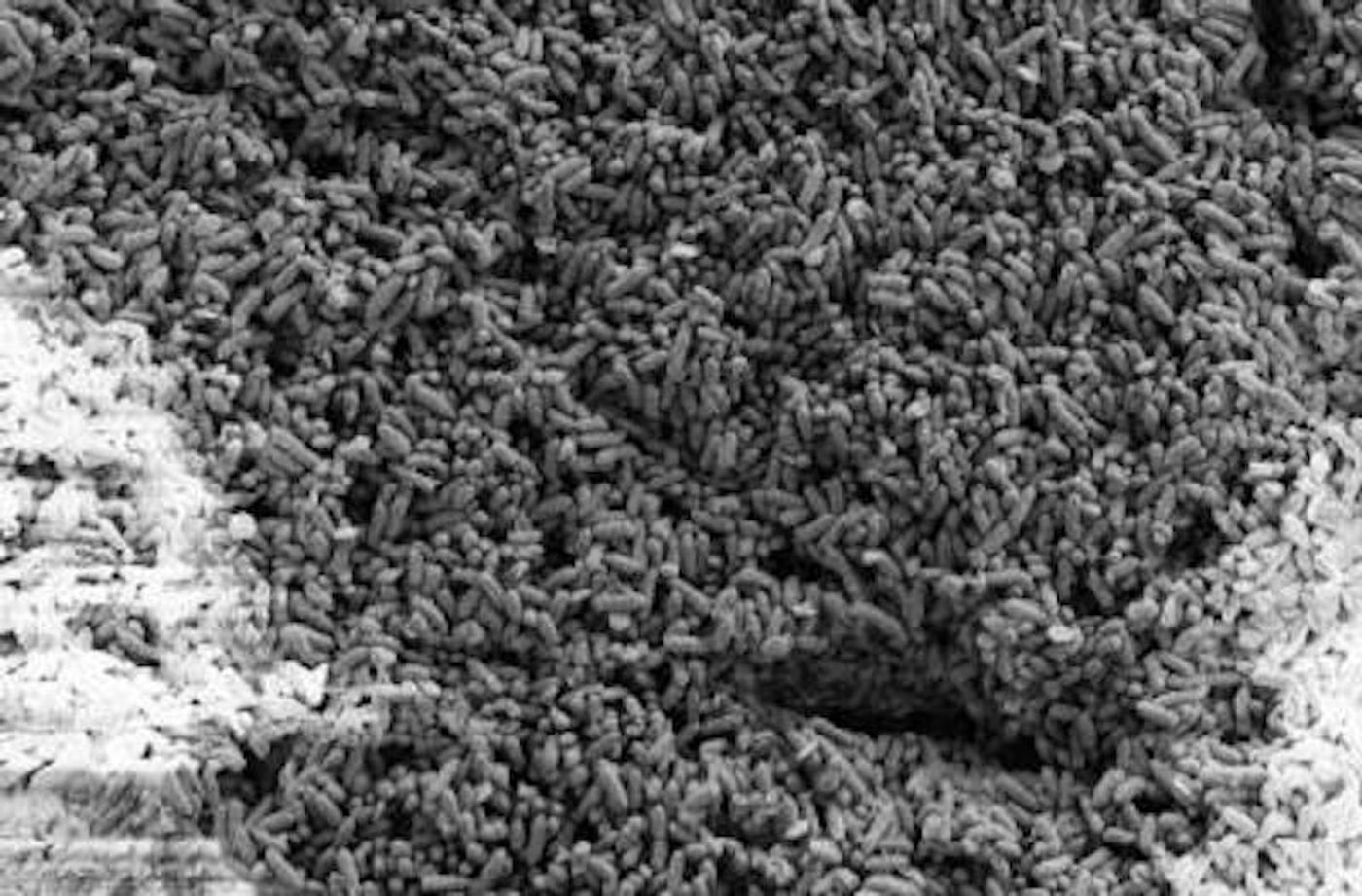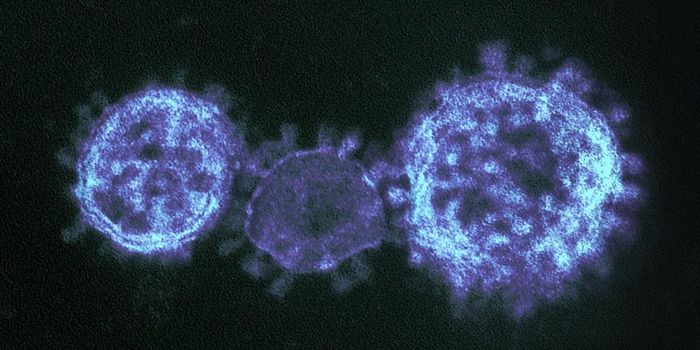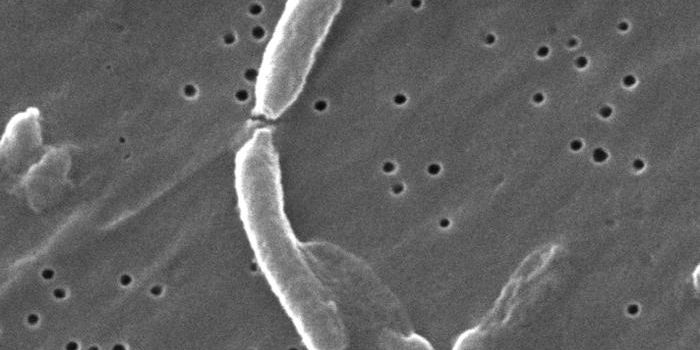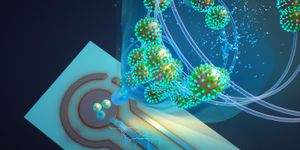Electric Nanowires Seem to be Ubiquitous Among Microbes
A few years ago, scientists discovered that a species of bacteria called Geobacter carried an appendage that could conduct electricity. This microbe is found everywhere in nature, and the researchers likened the bacteria to a natural electrical grid. There is a lot of interest because of the potential applications, and the structures of these nanowires, called extracellular cytochrome nanowires (ECN) have been deciphered. They are made up of cytochrome proteins.
Scientists have also now shown that these microbial nanowires are not particularly unique. They can be commonly found on many types of bacteria and archaea that use long-range electron transfer as a form of metabolism. The findings have been reported in Cell.
Geobacter sulfurreducens carried the first electrically conductive nanowire to be described. It has three ECNs, and each is made from a different multi-heme c-type cytochrome. The hemes facilitate electron transfer. Electron transport chains in microbes that generate energy, like those in the nanowires, were probably important to the earliest forms of life on Earth. They enabled long-range electron transfer on microscopic scales.
In this work, the researchers analyzed the genomes of archaebacterial species that have been predicted to carry multi-heme c-type cytochromes, and particularly those that could form ECNs. Proteins like this would have a sequence to help move the protein to the microbial membrane, would be found with other multi-heme c-type cytochromes, would not have transmembrane regions that go through the cell membrane, and would have unique protein secondary structures.
Three ECN candidates were found in extremophiles, one from a hot spring and another from a deep-sea hydrothermal vent. Electron microscopy confirmed that these microbes, two of which were from different phyla, carried the nanowires.
The researchers also identified the c-type cytochrome that each microbe used to generate an ECN. Some of them were very similar to the ones found in G. sulfurreducens. For example, in all of the ECNs there is protein surrounding the internal hemes to insulate them. The three-dimensional patterns of heme stacking were also very similar in all ECNs, even while their cytochrome units did not appear to have similar protein folds.
Heme stacking was also found in enzymes that move electrons over short distances, even with no fold similarity. The four-heme array pattern appears to be ubiquitous in nature, and could have been optimized through evolution for the efficient transfer of electrons.
Homologs of ECN cytochromes were also found in many archaea, and the researchers showed that they have evolutionary relationships.
Sources: University of Alabama at Birmingham, Cell









